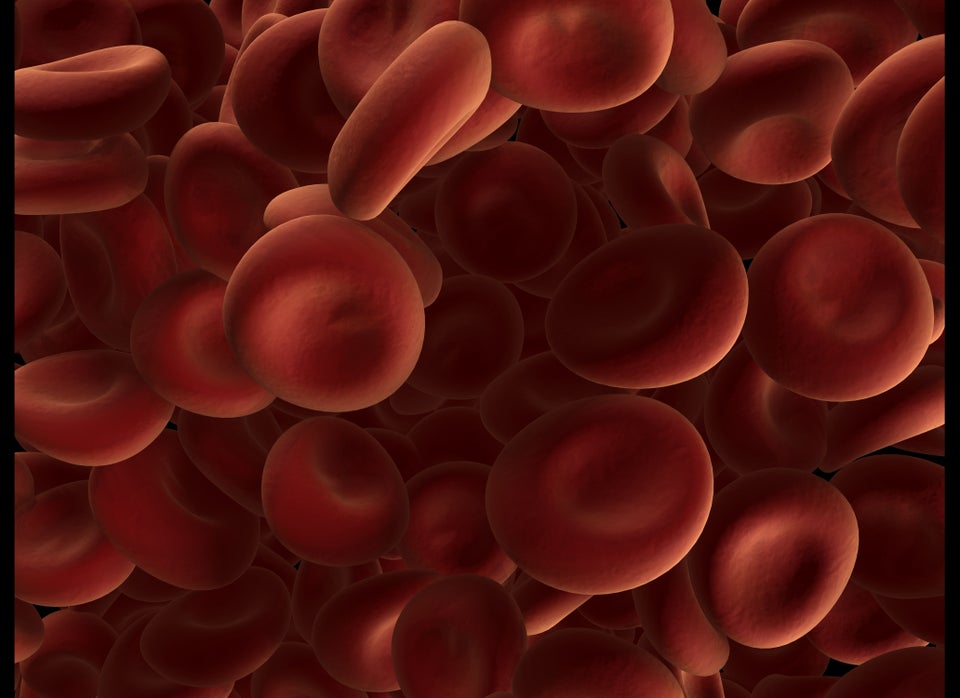
Why do women have orgasms? Most of the time, I'm so occupied with answering questions about why some women don't have orgasms that I rarely stop to think about why women do have orgasms. It's a good question, really. And sexual scientists typically don't agree on the answer. But I came across a couple of studies recently published in the Archives of Sexual Behavior that discuss an evolutionary explanation for the ever-elusive female orgasm.
Dr. Puts and colleagues conducted a review of the literature on the evolutionary function of female orgasm. There are two main evolutionary approaches to explaining female orgasm: the byproduct hypothesis and the mate-choice hypothesis.
The byproduct hypothesis states that female orgasm doesn't have a direct evolutionary function; rather, women experience orgasm because of men's adaptation to it. The idea is that men were given sensitive orgasmic penises to reward them for spreading their seed. And recall that everyone, regardless of being biologically female or male, is born with the same anatomical structure. For the first two months after conception, the genitals are undifferentiated. So because male and female genitals are developed out of the same structure, women also get the benefit of this pleasure reward. For more details on this, check out The Case of the Female Orgasm: Bias in the Science of Evolution.
The mate-choice hypothesis states that female orgasm has evolved to function in mate selection in order to better attract mates who will be invested long-term or to select higher quality sperm for higher quality offspring. A variety of studies have suggested that female orgasm increases the odds of getting pregnant. Interestingly, another recent study also published in the Archives of Sexual Behavior found that women who faked orgasm performed a greater number of mate retention behaviors than women who didn't fake orgasm, perhaps offering more evidence to support the mate-choice hypothesis.
The main argument against women's orgasm being explained by an evolutionary perspective is how infrequently it happens during intercourse. Most women require additional stimulation in order to climax during intercourse (usually in the form of clitoral stimulation), and you'd think that if it were adaptive, an orgasm would be a little easier to come by.
Additionally, compared to masturbation, penile-vaginal intercourse is pretty inefficient when it comes to producing an orgasm. If female orgasm were really an evolutionary adaptation, one would think the opposite would be true.
The main question I am left with (which is a common theme I find missing in most evolutionary explanations), is 'where is the pleasure?' Female sexual pleasure certainly isn't considered as an adaptation or an evolutionary function in itself. There is some evidence to suggest that female (and male) orgasm aids in pair-bonding through the release of the anxiety-reducing and calming hormone oxytocin, especially in women, but that's about as close as any of this literature gets to female sexual pleasure.
I'll conclude in a similar way the scientific article was concluded, by saying there is still a lot of additional work to be done in decoding the possible function(s) of female orgasm. I'm certain of one thing -- this won't be the last time sexual scientists disagree on the topic of female orgasm.
ALSO ON HUFFPOST WOMEN:
